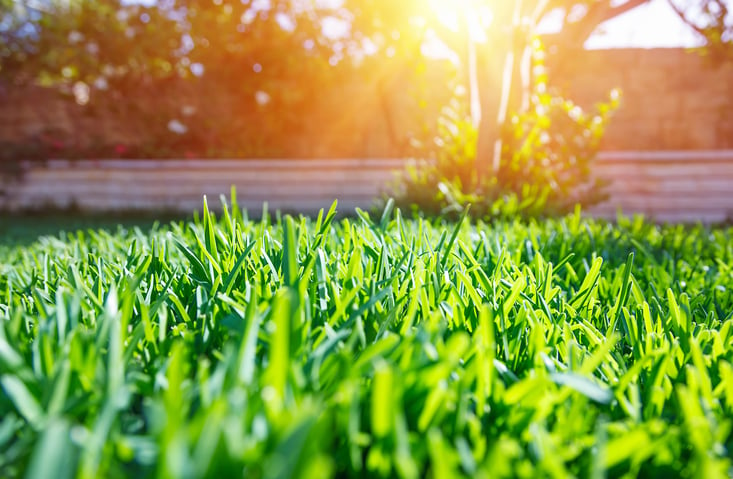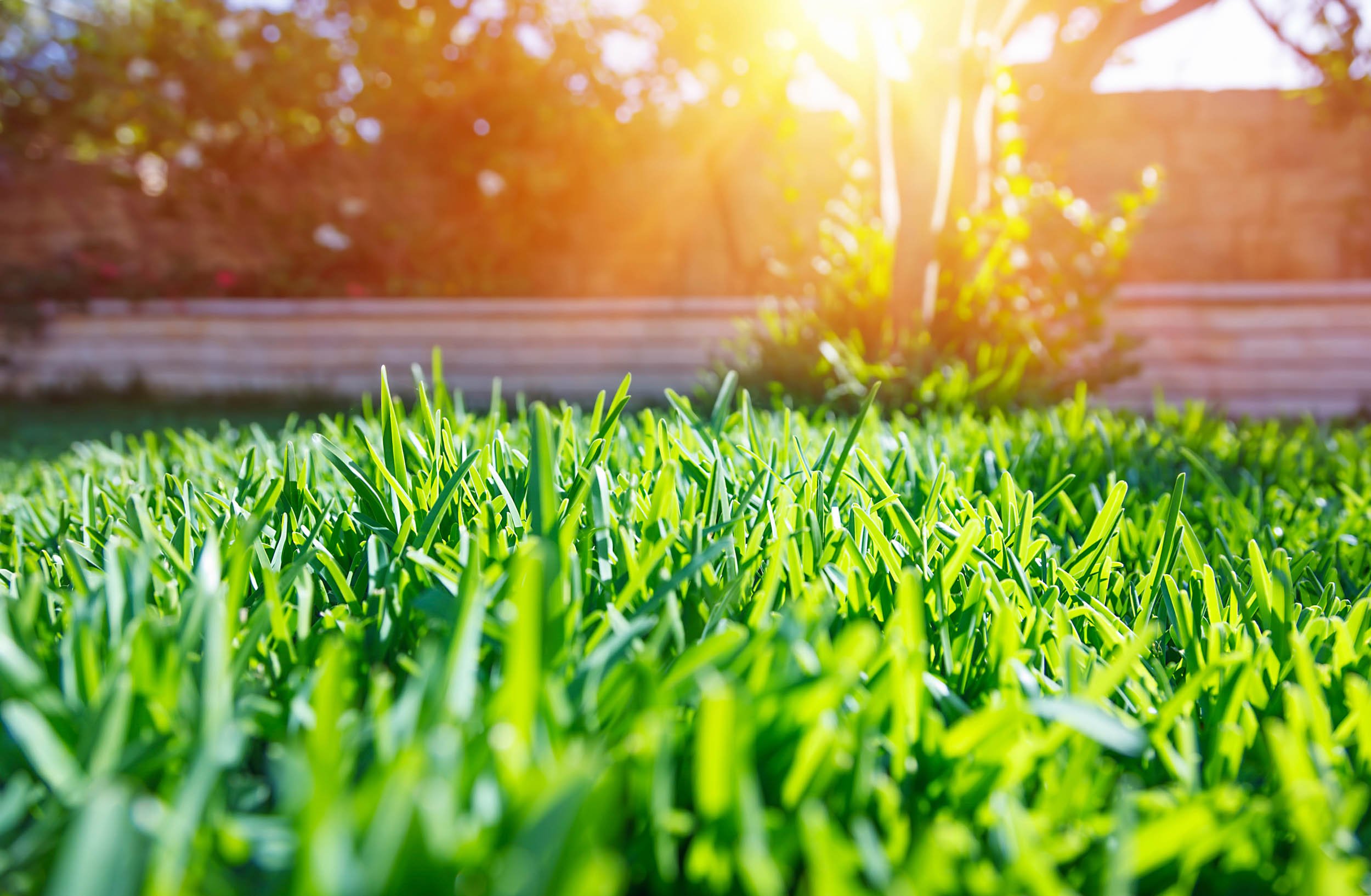
Canada Day has come and gone, and barbeque is getting a run for its money. Summer is in full swing in Burlington! While keeping on top of your july lawn care needs can feel like just another task, it’s worth it! A healthy lawn improves property value, and your enjoyment of spending time on your property. Between heat waves and humidity, tending to the needs of your lawn can seem easily overwhelming. But it doesn’t have to! Read on to learn what lawn care tasks you should be tackling during the month of July.
Fertilizing
Chances are, your lawn is only going to require a summer fertilizing if it has been a particularly wet summer, or, if your lawn is regularly irrigated. This is because the additional water causes a small degree of runoff, which over time dilute the nutrients your lawn needs to thrive. The best way to find out if your lawn requires additional summer fertilizing, is to do a simple soil test. You can do this by carrying out a home test, or calling in a lawn care team to do one for you.
Mowing
During the month of July, you will want to mow your lawn as high as possible. Retaining moisture and protecting the roots during the hottest part of the summer is incredibly important to the health of your lawn. The higher you allow your grass to grow, the more protected the roots and soil will be. Regardless of how often you mow your lawn, always abide by the One-Third rule: never mow more than one third of the height of a blade of grass during any one cutting. Any more than a third causes unnecessary stress on the entire lawn.
Irrigation
Without water your lawn will go dormant. And while seasonal droughts and summer water restrictions sometimes make this inevitable, your lawn doesn’t require as much water as you might think. The ideal amount of water for your lawn is 2.5 cm per week. Instead of watering small amounts every day to add up to 2.5 cm, water less frequently, and more thoroughly. Make sure to avoid watering during the hottest part of the day. Early mornings, and evenings are the best time. In-ground irrigation systems makes watering the right amount easy!
Watch of for the Hairy Chinch Bug
The Hairy Chinch Bug sounds pretty ominous, doesn’t it? These insects start appearing around mid-July and stick around until mid-August. They leach plant juices from individual blades of grass gradually leading to large dead areas. Watch out for sunken areas the size of a fist that are a hotbed for weeds. These will be the first signs of Hairy Chinch bug damage. To see if your lawn is infested with Chinch bugs, turn a metal can into a cylinder, imbed it in the ground and fill it with water. Watch for bugs that float to the surface. A chinch bug is about 4 mm long with wings that form an “X” on their back.
Interested in some of our other professional lawn services please click HERE, or to request a quote please click on the link below!






